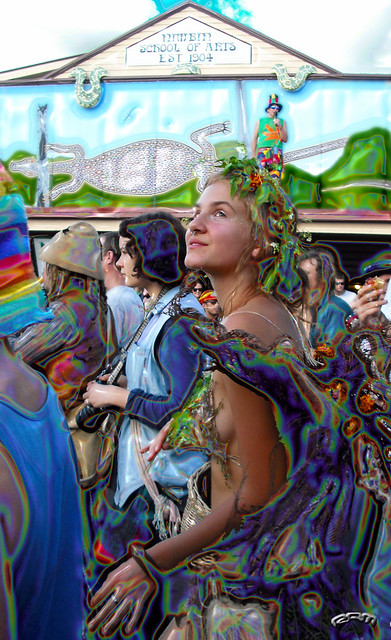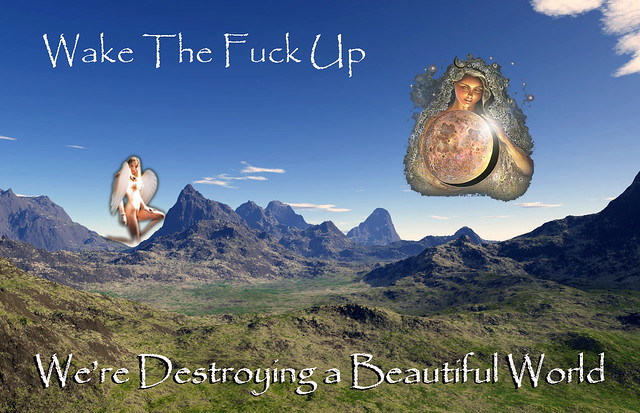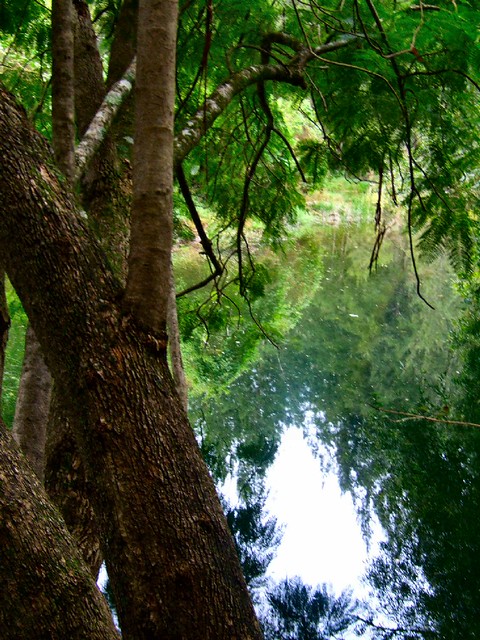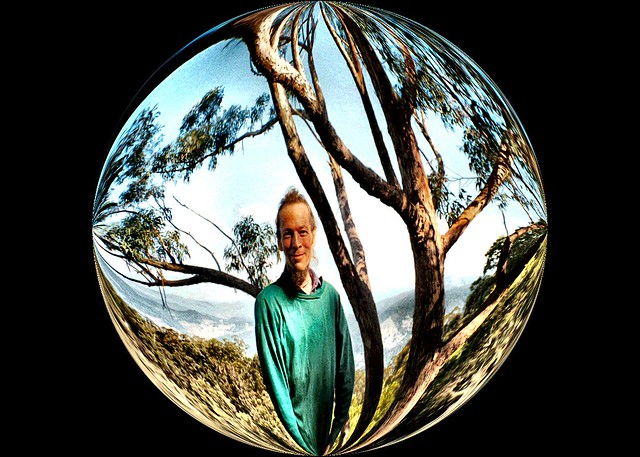The Triumph of Wilhelm Reich
Orgone Environment

Many of the greatest advances made during the last century are still hidden behind a veil of ignorance and suppression. Most of the truly great pioneers of the 20th Century died in obscure poverty and their work has been stolen, hidden and neglected. Wilhelm Reich is one of many unsung geniuses whose mind expanded well beyond the mundane envelope that constrained his workaday contemporaries.
The science behind Reich’s technologies requires the reader to abandon any orthodox views of how reality works… it’s a new paradigm!
Wilhelm Reich was one of the great natural scientists of the 20th Century. His keen observations of nature took him to conclusions far in advance of the orthodox theories of science and into conflict with the scientific establishment.
Reich is best known for his work in the psychoanalytical movement of the 1920s. Freud looked on Reich as his possible successor, as he had Jung, but Reich’s views on sexuality were too radical for Freud. Reich’s sexual psychology led to such therapies as Gestalt therapy, Bioenergetics, Primal Therapy, Rolfing and Rebirthing.
In his clinical work Reich came to regard the libido as a type of energy and coined the term ‘orgone’ to describe it. His researches developed to the point where he saw its operation in the atmosphere and he devised a means of accumulating it in specially constructed boxes which he used to treat his patients.
Reich regarded his later work on orgone as more important than his earlier ground-breaking work on sexual psychology. His discoveries regarding orgone’s relation to the atmosphere are so far-reaching in their implications that no-one with an interest in ecology, biology, physics or nature can afford to ignore them.
Orgone is not the same as negative ions, but is associated with them. The orgone radiation emitted by organisms produces the auras seen by psychics and sensitives.
In 1952 Reich hit on the idea that concentrated orgone could diminish the harmful effects of nuclear radiation. He embarked on what has come to be known as the Oranur experiment, Oranur being an acronym of orgone and nuclear radiation. Reich postulated that, in sufficient supply, Orgone could overcome nuclear energy. This was partly based on the observation that small nuclear samples that had prolonged exposure to orgone had lost their ionising capacity.
Radiation Anomaly
One grain of radium in lead shielding was placed in a heavy safe, functioning as an orgone accumulator. After five hours Reich’s Geiger counter became ‘jammed’ from over-saturation, the atmosphere around his home became oppressive and his coworkers became ill. His daughter Eva became sensitive to radiation from radium-dial watches, fluorescent lights and TV. Large numbers of experimental mice exposed to the Oranur atmosphere died of radiation sickness. The Geiger (radiation detector) count remained incredibly high in the Oranur-contaminated room, even after the radium was taken outside. The nuclear energy had transformed the orgone into something else. Reich named this new energy ‘DOR’ (Deadly Orgone).
Three weeks after the first exposure of radium to orgone, the New York Times reported that inordinately high background radiation counts had been registered in an oval area with a radius of five hundred miles – extending from Rochester, New York to the Canadian border. The centre of this high count was Reich’s property in Rangeley, Maine.
When the radiation was removed from the safe and its shielding and tested in the open, the count was lower than normal; its radioactivity had been dispersed. It was placed in its lead shielding and buried five miles away. Years later, it was exhumed and tested again; the radium had lost more radioactivity than could be expected by the laws of nuclear decay.
Weather Control
Reich set out to devise a means of combating DOR and happened to make his greatest discovery about orgone – its role in weather control. Reich noticed the presence of smog-saturated dark clouds around his property that were associated with DOR atmosphere. He sought a way to disperse these clouds through orgone-related means. Reich set to work on the clouds with copper pipes, linking them with a metal cable to a deep well and pointing the pipes at the black clouds, reasoning they could draw orgone from the clouds and down into the water. Almost immediately the black clouds dissolved as the orgone stream elicited a charged particle flow through the clouds.
Reich soon began experimenting on ordinary white clouds and found he could dissipate a cloud by pointing the pipes directly at it. He could also enlarge a cloud by pointing the device – called a ‘cloudbuster’ – to the side of it. Reich found that the cloudbusting operation started creating a breeze by drawing orgone from the atmosphere into the water. If the cloudbuster was pointing west, a westerly breeze would ensue as charged particles were attracted to the metal pipes. This ‘drawing’ operation worked best if the orgone was grounded to running water.
Wind is an electrical phenomenon, as is all weather, and is dictated by concentrations of ‘soft electrons’. With careful timing, Reich was able to produce and stop rain. The local newspaper in Bangor, Maine, reported an incident where Reich was paid by local blueberry farmers for bringing rain to the drought-afflicted area.
Combustion depends on concentration of orgone. A cloudbuster may be used for firefighting, removing soft electrons from the fire area itself and by bringing rain to the fire area.
Reich began to grasp the planetary dimensions of his discoveries. In 1954 he concluded that lack of moisture and undue concentrations of DOR were the joint cause of desertification. In the midst of a legal battle with the US Food and Drug Administration, Reich set out for Arizona with the intention of regreening the Arizona desert. After three months there was considerable rain in and around Arizona and grass began growing in places where it hadn’t been seen in living memory. He was prevented from continuing his work when he was sent to prison in 1956 by the FDA for renting out his orgone accumulators for cancer treatment. Reich died in prison a year later.
Finally, mention should be made of a revolutionary greenhouse designed by Gene Davis of Oregon. The greenhouse is an adapted orgone accumulator and its performance has baffled experts. The light inside the greenhouse is brighter than outside, especially on dark and cloudy days. Plants grow much faster in the orgone greenhouse than in conventional ones. For more info, write to – Oregon Greenhouse Inc, PO Box 653, McMinnville, OR, 97128, USA
- Elmer Griffin
Further Reading;
The Awesome Life Force, by Joseph Cater 1984, Health Research Publications, Mockelumne Hill, Ca.
Fury on Earth, by William Sharaf
Wilhelm Reich, by David Boadella
The Cancer Biopathy and The Oranur Experiment by Wilhelm Reich
I first published this article in NEXUS New Times Magazine, Volume 1 No 7
See NEXUS Online at http://www.nexusmagazine.com
I’ve seen a major city accidentally flooded in – all roads, rail lines and airfields closed – by the use of a single cloudbuster built from scrap. Equipment that channels orgone can develop charges that humans must be shielded from. Don’t experiment with this technology without extensive further research! All technology is a two-edged sword.
By the way - the FDA axed and burned Reich’s equipment and scientific notes. Similar things are happening today, right where you live; alternative therapies are being restricted and banned and their practitioners arrested and their equipment seized all over the ‘developed’ world, as chemical companies (masquerading as a pharmaceutical industry) tighten their stranglehold on everyone’s health. Take charge of your own health – don’t trust anyone who charges more than a minimal fee for helping you heal, or helping you keep yourself healthy! You’re a self-maintaining organism - but you’re also what you eat – and drink and breathe!
If we are to use the many available nascent technologies that the new millennium is bringing we must understand their potentials for great good or great mischief. The means to free ourselves from a history of dogma and superstition are now in our hands. Let’s use them wisely, huh? We can do anything; our future is in our hands and heaven or hell are states we can achieve right here on Earth. Let’s create a better millennium – amid the great chaotic changes facing us, there are still many ways we can create a paradise for all…
- R.Ayana
Image - http://www.librarising.com/health/images/HHG6.jpg






